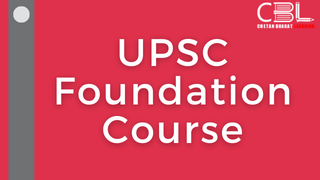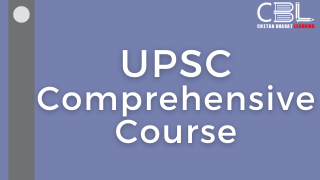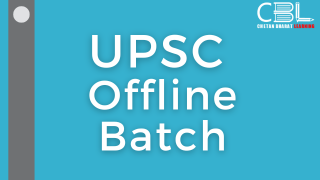Context: WTO dispute settlement panels have found India’s tariffs (between 7.5 – 20%) on certain ICT products such as mobile phones inconsistent with India’s WTO obligations.
Importance
Prelims: International Relations, Current Affairs
Mains: UPSC General Studies Paper- II, Important International Institutions
Background:
• One of the central objectives of the WTO is to boost transparency and predictability in the multilateral trading order.
• Hence, WTO member countries are under a legal obligation not to impose tariff rates in excess of the maximum tariff rates committed in their Goods Schedule.
What are the allegations against India?
In the complaints brought by the EU, Japan and Taiwan, the WTO panels concluded that India has violated Article II of the GATT because India’s tariffs breach its Goods Schedule.
India’s argument: The ITA (which it signed in 1997) contains India’s legally binding tariff commitments on ICT products, hence, they are not legally binding.
The WTO panels rejecting India’s argument:
• India’s Goods Schedule (not the ITA) is the source of India’s legal obligations on tariffs.
• The panels also rejected –
o India’s contention that its commitments under the ITA are ‘static’ – not including products
emerged due to technological innovations after the conclusion of the ITA.
o India’s argument is based on the Vienna Convention on Law of Treaties – an error in a treaty would invalidate a state’s consent.
• Accordingly, the panels have recommended India reduce its tariff rates and make them compatible with its Goods Schedule.
Implications for India:
• Compliance would mean dismantling the high protective tariff wall that India has erected to boost domestic manufacturing of ICT products.
• In case of non-compliance, the EU can unilaterally impose trade sanctions against the losing country.
• Even if the EU does not impose trade sanctions, it might use this ruling as a bargaining tool in the ongoing FTA negotiations with India.
Options available to India:
• The WTO’s Dispute Settlement Understanding (DSU) provides an opportunity to appeal against the panel ruling.
o However, the Appellate Body has ceased to exist since 2019 because the US has been blocking the appointment of the body’s members.
• The EU has created an alternative appellate mechanism (under WTO) – the Multi-Party Interim Appeal Arbitration Arrangement (MPIA). However, India is not a party to this.
• Legally, India will not be required to comply with the panel rulings till its appeal is heard.
• Also, the EU can’t impose trade sanctions on India, because the WTO law does not allow trade sanctions when an appeal is pending.
The Goods Schedules/Harmonized System of Nomenclature (HSN):
• These are based on the World Customs Organisation’s classification system, which
catalogues traded products with specific names and numbers
Due to the continuous emergence of new products owing to technological innovations, the HSN system is regularly updated to reflect new products, also known as ‘transposition’.
WTO’s IT Agreement (ITA):
• Adopted in 1996, it is an arrangement through which select WTO member countries agree to eliminate duties on IT products.
• However, the commitments under the ITA become binding on a country under Articles II of GATT only if they are incorporated in the Goods Schedule.
Prelims Question for Practice
Consider the following statements regarding WTO:
1. WTO classifies member countries as developed and developing.
2. WTO recognises Least Developed Countries (LDCs)
3. Developing country status in WTO brings certain rights.
Which of the above given statements is/are correct?
a) 1, 2 and 3
b) 2 and 3 only
c) 1 only
d) 2 only
Ans. b
Mains WTO Question for Practice
WTO has created to raise the level of prosperity around the world through greater trade. However, it is being argued that the opening up of global trade as benefitted the developed world more compared to the developing and the under developing world. Give arguments in favour and against the outcomes of globalisation.




Leave a Reply
You must be logged in to post a comment.